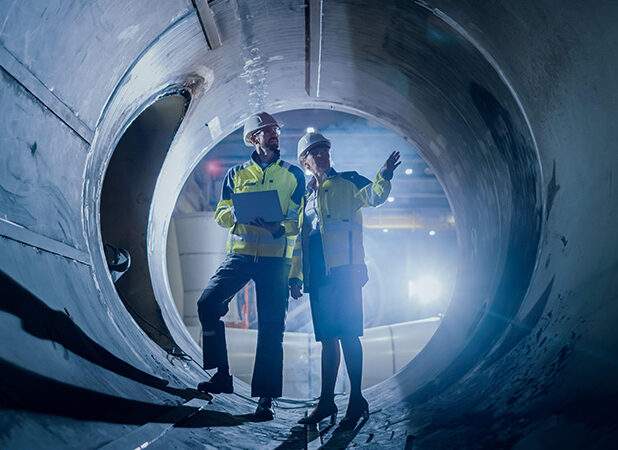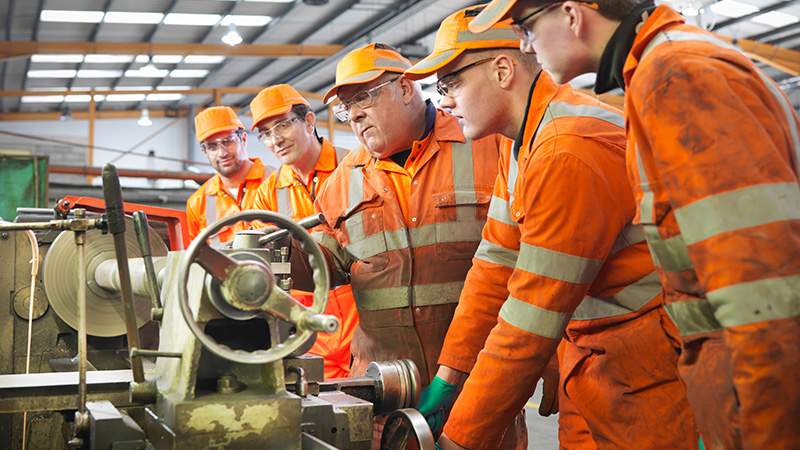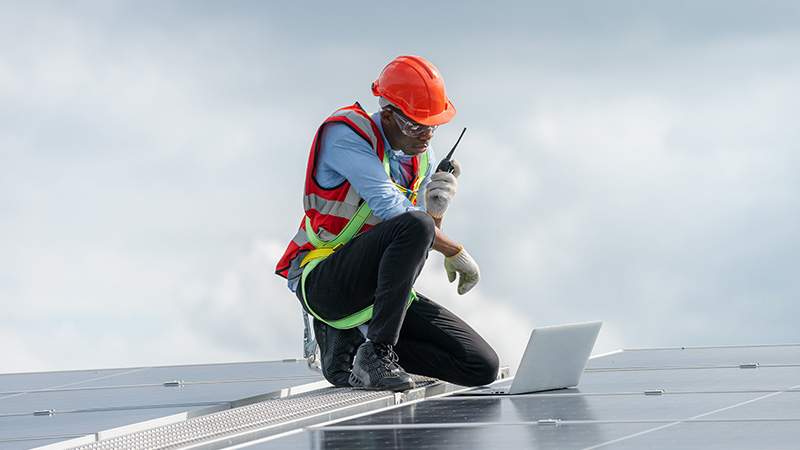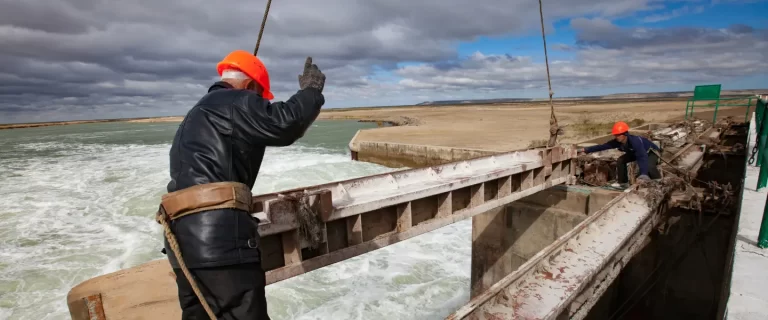What is power generation?
Power generation is an essential component of modern society. It involves the process of producing electricity, which is used to power homes, businesses, and industries around the world. Power generation is typically accomplished through the use of power plants, which convert various types of energy into electrical power that can be distributed through power distribution networks.

This diagram shows the path of energy production to delivery. Power is generated in power plants, as seen in ‘A’
Is power generated from different sources?
Power generation can be based on a variety of energy sources, including fossil fuels, nuclear energy, and renewable energy sources. Fossil fuels, such as coal, oil, and natural gas, are currently the most widely used sources of energy for power generation. These fuels are burned to heat water and produce steam, which drives turbines that generate electricity. Despite their popularity, fossil fuels are associated with significant environmental impacts, including air pollution, greenhouse gas emissions, and the production of toxic waste.
Nuclear energy is another source. Nuclear power plants use nuclear reactions to heat water and produce steam, which is used to generate electricity. Nuclear energy has the advantage of producing large amounts of electricity with relatively low greenhouse gas emissions. However, nuclear power plants also have significant safety concerns and produce radioactive waste, which must be carefully managed and disposed of.
In recent years, there has been growing interest in renewable energy sources for power generation. Renewable energy sources, such as wind, solar, hydro, and geothermal power, are increasingly being used to generate electricity. These sources of energy are considered renewable because they are replenished naturally and do not deplete over time. In addition to their environmental benefits, renewable energy sources are becoming more cost-competitive with traditional fossil fuels and nuclear energy.
The process of power generation
The process involves several steps. First, the energy source must be converted into a form that can be used to generate electricity. For fossil fuels, this typically involves burning the fuel to heat water and produce steam. For nuclear energy, this involves using nuclear reactions to heat water and produce steam. For renewable energy sources, this can involve capturing the energy from wind, sunlight, or water to turn turbines and generate electricity.
Once the energy source has been converted into a usable form, it is used to generate electricity. This typically involves driving a turbine, which is connected to a generator that produces electrical power. The electricity is then transmitted over high-voltage transmission lines to substations, where it is transformed into lower-voltage power for distribution to homes and businesses.
Conclusion
Overall, power generation is a complex and critical aspect of modern society. It requires careful management and planning to ensure that the energy sources used are safe, reliable, and sustainable over the long term. As the world continues to grow and develop, the demand for electricity is likely to increase, making generation an increasingly important area of focus for utilities, policymakers, and other stakeholders.
Frequently asked questions
What is power generation and how is it achieved?
Power generation is the process of producing electricity that powers homes, businesses, and industries. This is achieved through power plants that convert various types of energy into electrical power, which is then distributed through power distribution networks.
What are the different sources of power generation?
Power generation can be based on fossil fuels like coal, oil, and natural gas, nuclear energy, or renewable energy sources like wind, solar, hydro, and geothermal power. Fossil fuels are the most widely used, while renewable sources are becoming increasingly popular due to their environmental benefits and cost-competitiveness.
What are the steps involved in power generation?
The process of power generation involves converting the energy source into a form that can be used to generate electricity. This is followed by driving a turbine connected to a generator that produces electrical power. The electricity is then transmitted over high-voltage transmission lines to substations, where it is transformed into lower-voltage power for distribution to homes and businesses.






